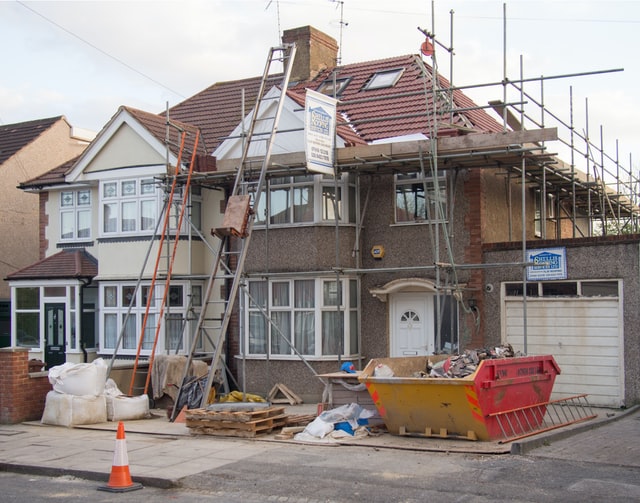
We’ve owned our house for seven and a half years now, and we’ve made several improvements such as replacing the worn-out carpet in the bedrooms, painting the entire house inside and out, and painting our kitchen cupboards. Soon, we’ll be replacing our master shower with tile. I keep a separate category in our budget for home improvements, but I’m going to start keeping good records to pay less in capital gains when we sell.
How Good Records Can Help You Pay Less in Capital Gains
Good records are essential because over the years, you may forget the repairs you’ve made, how much they cost, and who did them. However, first, you must know what expenses count as capital improvements.
Not all home repairs and improvements are the same. The painting we’ve done inside and outside our house is routine maintenance and does not count toward capital improvements. However, upgrading our master bathroom shower to a tile shower is an upgrade and adds value to our home. That is considered a capital improvement.
All capital improvements reduce your capital gains when you sell your home.

The IRS has a complete list of repairs/upgrades that are considered capital improvements. In general, if you’re upgrading some part of your house, it might qualify as capital improvements. These items may include:
- Installing a new roof,
- Adding wall-to-wall carpeting,
- Installing new appliances such as an HVAC system,
- Adding on to your home,
- Installing new windows
In our case, we also plan to replace our sliding glass door and replace our roof. Those will be expenses I need to record for capital improvements.
A Caveat
If you make an improvement, but it isn’t in evidence when you sell the house, you can’t count that improvement for capital improvements. For instance, take the tile shower we’re adding now. If, 10 years from now, we completely remodel the bathroom and redo the tile shower, the original tile shower upgrade will not count toward capital improvements even though it did improve the house at the time.
How to Keep Good Records
To prove that you made the improvements, you’ll need careful records. You will want to keep a running list of the date the improvement was made, who did the improvement, and how much it cost. To support this data, you will need copies of the receipts, canceled checks, or any other documentation that you received.
You’ll want to keep this in a physical file somewhere secure like a safe or a safe deposit box. You should also keep a digital record.
Final Thoughts
Capital improvements can help increase the basis of your home, which can make the amount of capital gains that you must pay smaller. However, to reap this reward, you must know what counts as capital improvements. You also must keep proof of your improvements, which is why you will want to keep good records to pay less in capital gains.
Read More
The Best Time to Buy and Sell Mutual Funds to Make the Most Money


No Comments yet!